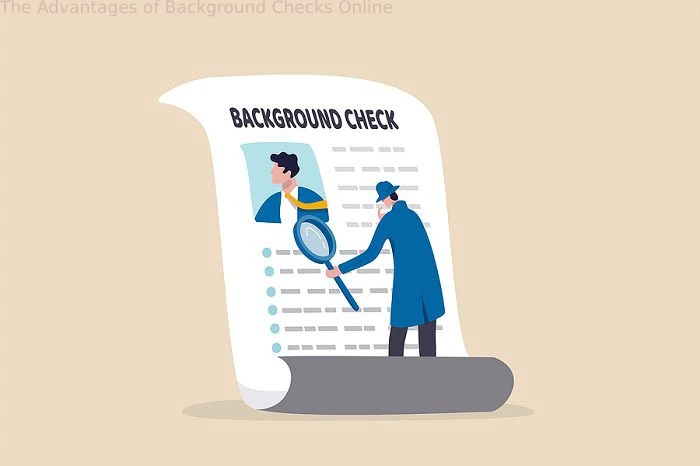Insider threats mitigation requires teamwork. Combining the various tools, methods, technologies, and strategies builds a network of defenses that detects and stops instances of illicit insider behavior.
Knowing your data, having rules requiring users to respect it, and putting measures in place to prevent technology from enabling misuse is ultimately what it comes down to.
Table of Contents
Know your numbers
Draw a boundary around the data you want to protect before you put any regulations or safety precautions in place. The “perimeter” may come to mind, but this version is more categorically founded.
You should first categorize your data. Data classification is the process of classifying your data to make it simpler to store, retrieve, and utilize in the future. For rules to be passed in the future that surrounds it with safeguards, they must be simple to manipulate.
Next, find a solution that examines user behavior among workers. This is a type of understanding of your data, even though it often happens after policy formation. Companies are in the dark about the nature of most of their data, which causes them to let the evil in along with the good. This is because they lack AI-driven tools that distinguish between destructive and benign patterns. Effective behavioral analytic solutions separate potentially harmful traffic and clarify what you’re dealing with.
Data protection regulations
Now is the moment to create a perimeter around your private information to prevent unauthorized access from the inside. There are numerous approaches that may be used.
Privileged Access Management (PAM), both on-premises and in the cloud, is crucial for determining who may access what when. Without this foundation of “accessibility right and wrong,” avoiding insider threats becomes hazy since defense is based more on trial and error,
with mistakes making up most of the errors. You can safeguard them and reduce privileged account sprawl once you’ve identified all application,
service, administrator, and root accounts in your environment. It’s not that every employee with excessive access is a nasty guy; instead,
the attack surface grows exponentially with each such instance, amplifying the harm an outsider may cause by breaking into a regular user’s account
Offensive security solutions are essential to ensure that your defensive measures have had the desired impact. It’s one thing to write security laws in a vacuum; it’s another to test them against actual dangerous situations. These drills allow you to examine and fix malfunctioning systems, patch disclosed vulnerabilities, and strengthen your internal defenses before a disgruntled or negligent employee puts them to the test.
Ensuring your defensive measures have had the desired impact requires offensive security solutions. Making security laws in a vacuum is one thing; testing them against actual risk situations is another. Before a dissatisfied or negligent employee tries your internal defenses, these exercises let you inspect and fix damaged systems, patch disclosed weaknesses, and strengthen them.
prevention of exfiltration automatically
Teams with trouble controlling insider risk would benefit significantly from proactive risk management. It distinguishes between an insider threat prevention plan with actual teeth and an all-out “gas and no go” approach.
The term “proactive” refers to technology that recognizes and prevents threats. This is accomplished by some insider risk management tools but not all. You must use caution in your selections: By putting a platform with Data Loss Prevention (DLP) features in place, your technology will assist your SOC and automatically stop unauthorized data outflow.
Without a mechanism to implement best practices, developing an insider threat prevention plan is equivalent to having none. That is why taking this action is so crucial.
There are approximately 3.4 million open roles that require more qualified cybersecurity employees. This indicates a strong probability that businesses of all sizes will still need assistance to fulfill the security commitments made when the money is allotted, the tools are purchased, the compliance standards are satisfied, and the government is formed. It’s one thing to have an excellent insider threat prevention strategy on paper; it’s quite another to be able to put it into practice.
Automated exfiltration is one proactive, autonomous method that helps address this issue. They keep the wheels on your internal security bus turning by blocking the threats your SOC might not have time to reach, giving you and your team time to put out your subsequent security fire.
It takes a lot of work to defend your internal assets against internal attacks. Since privileged IT users were formerly widely seen as the most underlying danger to security, it comes with a little more subtlety than external cybersecurity, and practitioners must tread carefully. However, insider threat prevention is feasible with the appropriate mentality, data awareness, policies, and tools to carry them out. How Can You Protect Your Assets From Insider Threats?
Also read:- Data Privacy and Protection Made Simple
- Drones: Basic Uses, Information, Features & More – 2024 - April 9, 2024
- When to Use Asymmetric vs Symmetric Encryption - April 8, 2024
- 7 Key Benefits of opting .NET for Web Development in 2024 - April 6, 2024



